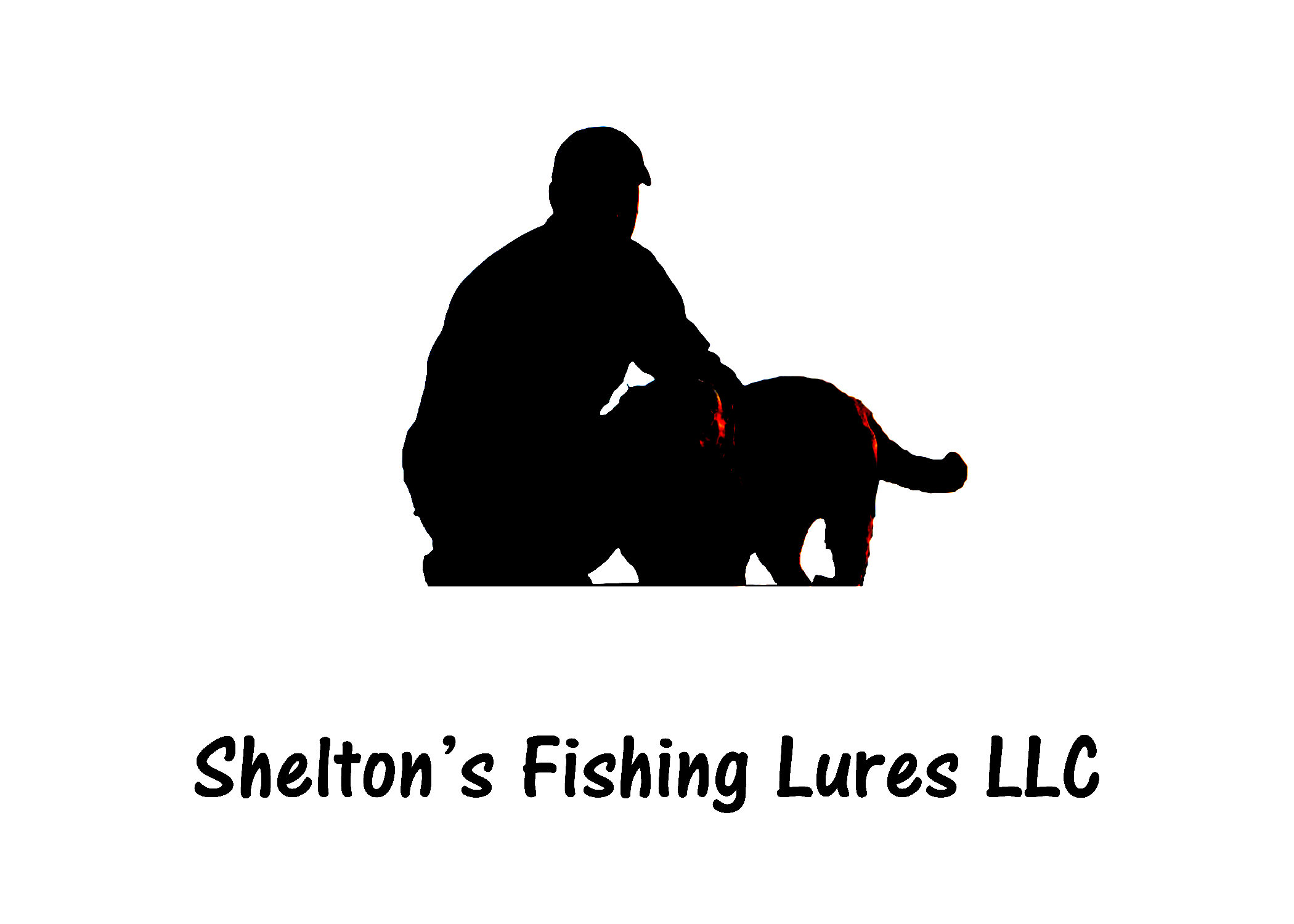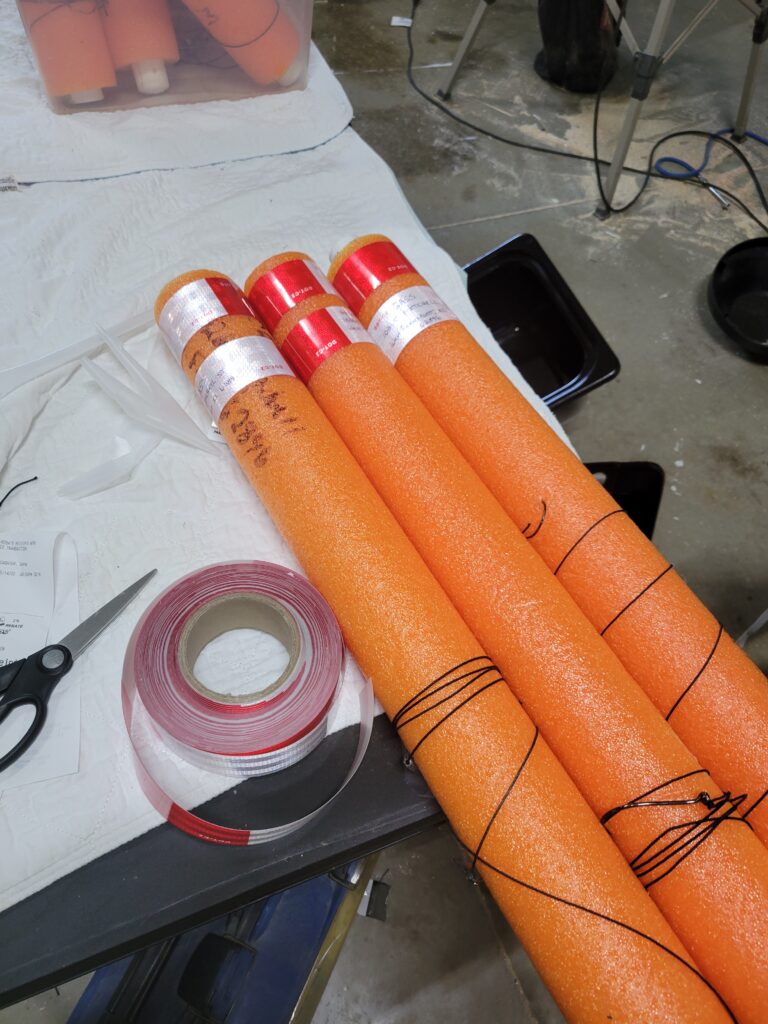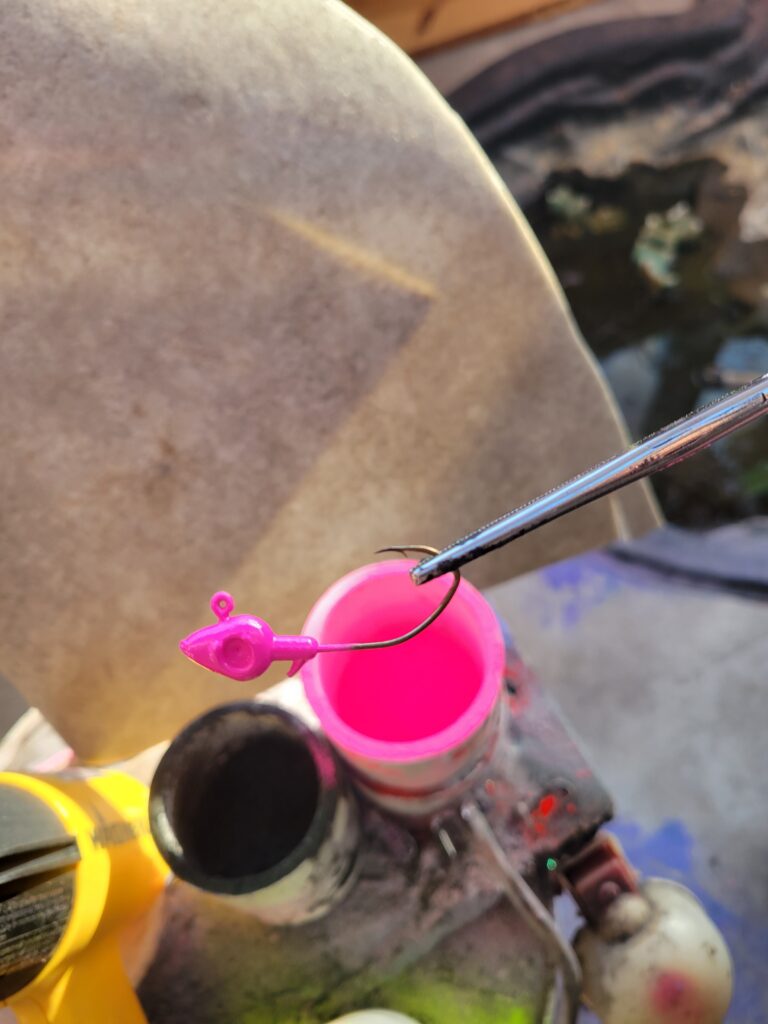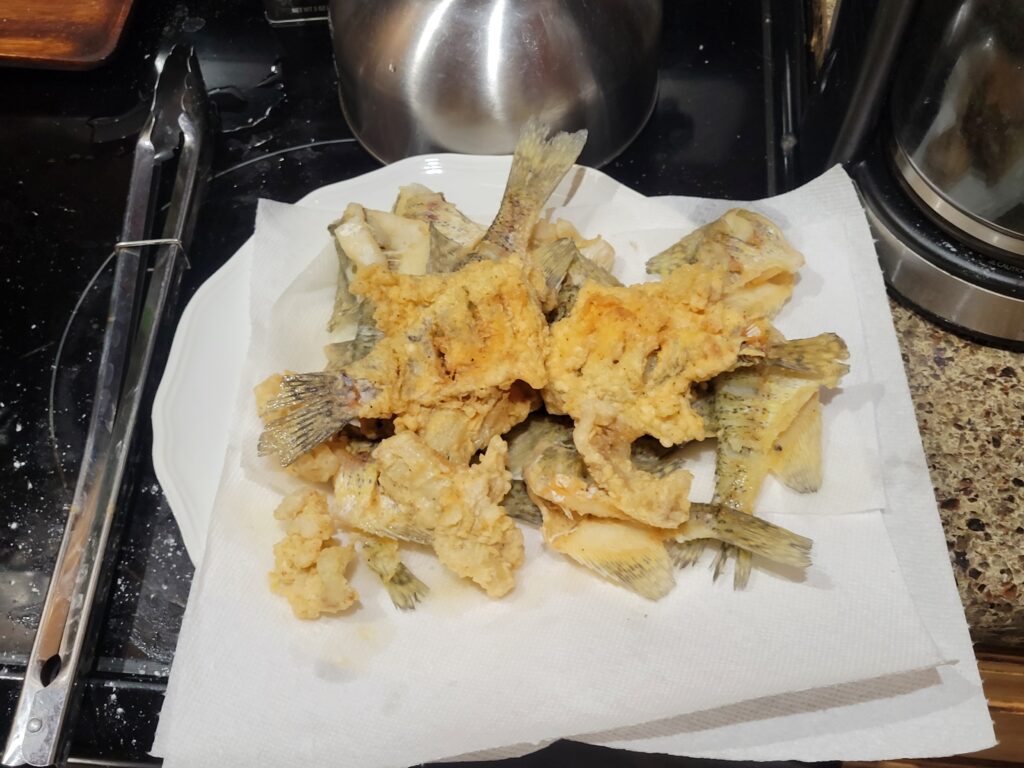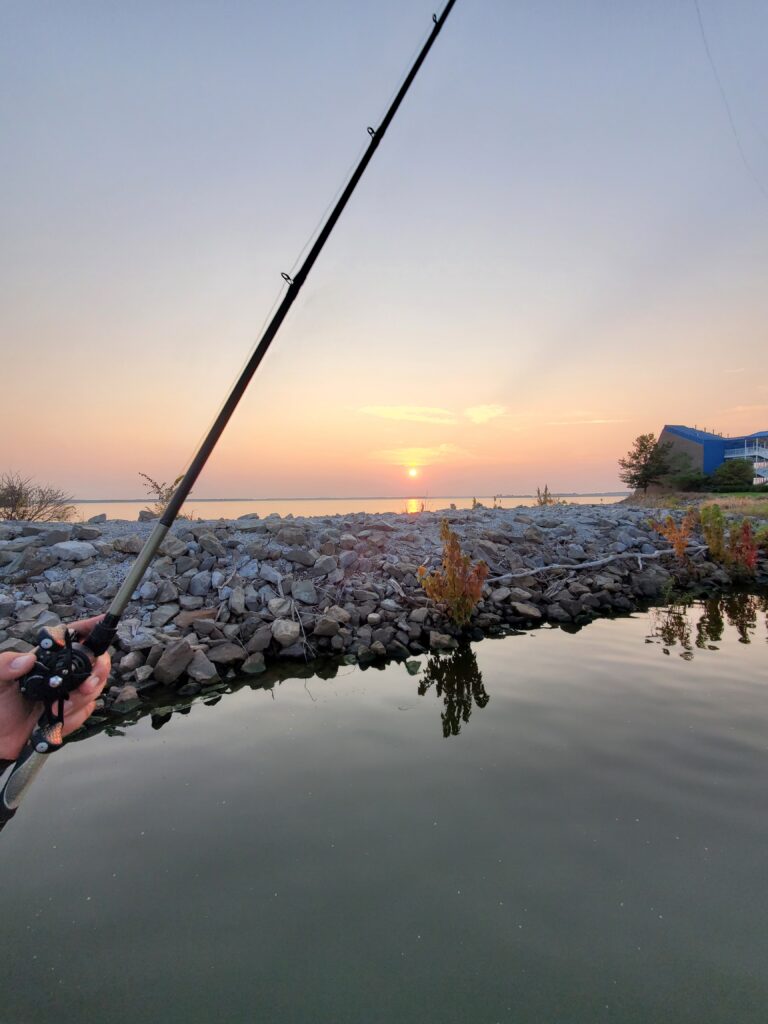catfish
How To Jug For Catfish
Please note that some of my articles contain pictures of the products that I write about. By clicking on them you will be redirected to my affiliate links where you can purchase the reviewed product. I typically get a small commission off any purchases which helps keep my site growing!
Jugging To Catch Catfish
When stepping back to look at the big picture, fishing should achieve two goals. The first is to provide food for your friends and family while exercising a conservational mindset.
The other is to bring peace of mind to our ancestorial brain by being productive and challenged.
I can think of no better way of combining the two than by spending a night out jugging for catfish.
What is Jugging?
Jugging gets its name from the old days when fishermen would tie hooks and lines to old plastic milk jugs that were capped off to create buoyance by trapping air from within.
Anglers would bait the hook and throw the jugs out in the water in large quantities. Usually after about thirty minutes or so, they would take out a spotlight and shine them on the jugs to see which ones were either swimming in an opposite direction or behaving erratically indicating a fish was struggling below.
Upon collecting the fish, they would rebait the hook and drop it off in the productive area in hopes of catching another hungry fish.
Is Jugging For Catfish Legal?
Like with many laws, jugging for fish has been left up to the states and there are several who allow it, but don’t automatically assume that your state does. ALWAYS CHECK THE LEGALITY AND KNOW YOUR FISHING LAWS!
How Many Jugs Should You Use?
The first answer goes back to the legality of jugging, but never use more than allowed!
I find the optimum amount of jugs is 25 per boat. Here in Illinois we jug at night and anymore than this is difficult to keep track of especially on those windy nights, or when the catfish are feeding aggressively.
Down time can be experienced by having to rebait after either a catch or a bait thief came by and if you have 50 or more out it can become overwhelming quickly.
What Depth Should I be Jugging For Catfish At?
I have a simple rule when it comes to jugging for catfish when it involves depth.
I never have more than 6 foot of line tied on, and I never fish more than 8 feet deep unless of course the wind pulls the jug across a ditch or creek channel causing a temporary change in depth.
Once water temperatures surpass 50 degrees I tend to catch catfish in less than 8 feet of water. This helps a lot in eliminating unproductive areas of a lake.
What Are The Best Places To Set Jugs Out At?
Once we’ve established depth, I consider structure and wind direction to be just as pivotal as what bait should be used. My go to area is always stumps when available. If not I will look second at riprap though this can cause issues when dealing with bank anglers.
The next thing that’s important to me is to place jugs upwind allowing them to be floated across the structure.
This also makes it extremely easy to know when a jug needs attention as if you see any stragglers or one heading the opposite direction, you know you either have a snag or a fish!
Playing the wind also lets you cover the water efficiently and quietly increasing the odds of catching more fish!
The Best Bait To Use When Jugging For Catfish
My top 3 baits for Jugging is:
- Cut Shad
- Live Bluegill/Bullhead Catfish
- Cut Panfish
When using Cut Shad I will go with what is in abundance around my local lakes. That means Gizzard Shad. After netting them, I make sure to use them within 24 hours to preserve freshness.
The two prime cuts are the head and the back section once severing the tail which will release more oils and blood in the water.
Live Bluegill should be used when targeting primarily flathead and blue catfish.
Depending on whether fishing in a river system or a reservoir the hook should be placed in different areas of fish.
When fishing a river system, hook the bluegill from under the lips up through the nose allowing the fish to swim with its head down.
When fishing a reservoir, I hook the bluegill directly below the back fin about a half inch down insuring that there are no scales on the hook which can prevent hook penetration on the catfish.
As for cut panfish I will halve the bait like I did the Gizzard Shad while adding a few lateral cuts with a fillet knife.
My Setup For The Perfect Jug For Catfishing

Jugs have come along way now to incorporate different materials. While not hard to find most, building jugs can become expensive. Plan on paying between $5 to $10 per jug.
I will go over in detail on how to make a jug that will be difficult for fish to hold under for much length of time.
The materials needed for making the perfect fishing jug are:
- 2ft piece of 1″ PVC
- 1ft 10″ piece of fun noodle with 1″ center hole
- Pipe Glue
- Reflective Waterproof Tape
- 1/4″ Eye bolt with 1/4″ Nut
- silicone
- (2) 1″ PVC Caps
- Drill and 5/16″ Drill Bit
- Trotline String
- Barrel Swivel
- Hooks depending on species being targeted
PVC is what makes up the support or backbone of the entire jug. While all materials are necessary, they almost all tie into the PVC rod. The lengths typically come in 10 feet allowing for 5 rods to be made once cut at 2ft a piece.
The Fun Noodle provides great buoyancy and receives the PVC rod
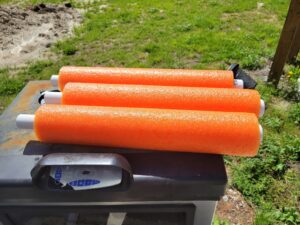
perfectly after a generous amount of pipe glue is added to the exterior of the pipe. Quickly slide the fun noodle over the rod as the glue dries fast and will be near impossible to complete if more than ten seconds elapse!
I
t’s now time to take reflective tape that will remain waterproof and wrap a
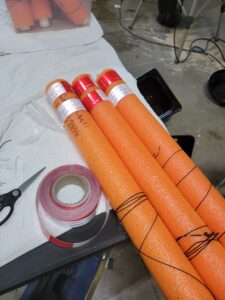
couple of rings around the jug. While not mandatory, the tape will make your life much easier at night when you’re looking to round up your jugs!
Next take one of your caps and place glue inside it. Apply it to the end of
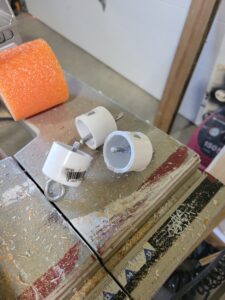
your pvc rod and allow to cure. Drill a hole into the other cap at its most center point. Run your eyehook through and latch it with the nut. You can now apply the cap the same way you attached the first cap. Silicone will need to be added around the hole drilled to make sure water doesn’t infiltrate the cap.
Attach the trotline string to the eyehook using your favorite knot. Attach a barrel swivel to the line to prevent twisting. Last run a line from the bottom of the swivel to your hook.
You’re All Set!
